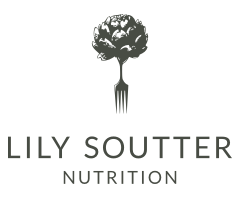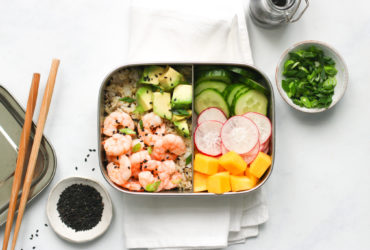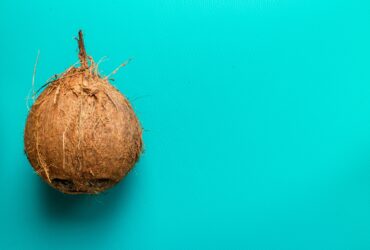Seaganism’ is predicted to be the next big diet trend for 2020, and tipped to be the new ‘veganism’. But is Seaganism health or just hype…
What is Seaganism?
The Seagan diet follows the same principles as a vegan diet, but with one key addition – seafood! This can be an option for those want to take the vegan plunge to reduce their meat consumption, but are struggle to go the whole-hog. What’s more, this dietary pattern isn’t new, it actually mirrors the traditional Japenese way of eating and includes simple fresh foods such as steamed rice, noodles, fish, tofu, seaweed, alongside fresh fruits and vegetables.
Are their health benefits?
The health benefits of including more plant-based food within our diet is well-know, and the Seagon diet has additional benefits which come with fish. Not only is fish a great source of high-quality protein, but oily fish is one of the few food sources which provides essential omega 3 fats for cardiovascular health as well as brain and skin health. What’s more, fish is a source of vitamin B12, haem iron and iodine which is harder to incorporate into a vegan diet without using supplements or fortified foods. Vitamin B12 is a key nutrient for keeping nerve and body cells healthy, haem iron is required for transporting oxygen around the body, whilst iodine is crucial for our thyroid health and cognitive function. Finally fish is low in saturated fat, therefore a Seagon diet can be extremely heart-friendly.
If you’re considering taking the plunge, then here are some top tips to make sure you get everything you need and make the transition a breeze…
- Make eating out a breeze
Eating out on a Seagon diet doesn’t have to be complicated. As much as 58% Itsu’s Asian inspired menu is Seagon friendly and includes a huge array of Seagan dishes on their menu using high-quality ingredients. With all dishes fresh, never fried, you can try delicious grab and go Seagon mixed salmon sushi boxes, veggie dumplings or their satisfying sesame ramen noodle’cups.
- Key foods within a Seagon diet
Just like any diet, it’s totally possible to follow a nutrient-poor Seagan diet which may lead to nutritional deficiencies. When transitioning into a Seagon diet, aim to include a diverse range of nutrient-dense fresh foods within the diet. Top Seagan friendly foods include starchy carbohydrates such as rice and noodles, plant-based protein sources such as tofu, beans, pulses, nuts and seed, fruit and vegetables, fresh fish and a touch of seaweed.
- Choose your fish wisely
When including fish within the diet, balance is key. The government currently recommend we consume two portions of fish a week, one of which is oily. Overconsumption of large oily fish such as Sea bass can lead to a high intake of heavy metals which may have adverse effects on health, particularly in women of childbearing age. Instead opt for smaller fish such a fresh salmon, and consider mixing up your consumption with whitefish which is safer to consume on a more regular basis due to their lower levels of mercury.
- Opt for fortified milks
The seagan diet excludes dairy products and ensuring that a sufficient intake of calcium is achieved will be essential. If using plant-based milks, check that they are fortified and focus on calcium-rich dark green leafy veg, tofu, tahini and pulses.
- Cooking shortcuts for a seagan diet
Preparation is the key to diet success! Make a shopping list of all the nutrient-dense Seagan foods that you enjoy and stock your fridge, freezer and cupboards.
Whilst fresh produce always tastes amazing, investing in some frozen fruit, vegetables and even fish will simplify your life! Not only are they more cost-effective, but you will always have Seagan friendly ingredients to hand for spontaneous meals. Many fear frozen fish with the pre-conception that it will be less nutritious, yet once captured, they are frozen very quickly retaining most of their nutrition. Itsu also have a huge variety of nifty seagan meal’kits and snacks available from their grocery range which are super simple to prep and cook.
*Always seek advice from your health care provider before making dietary changes




